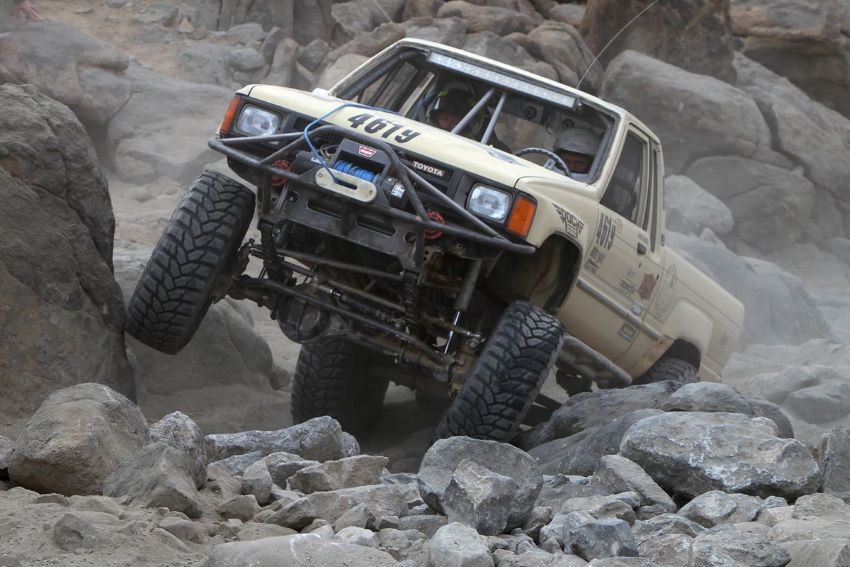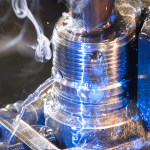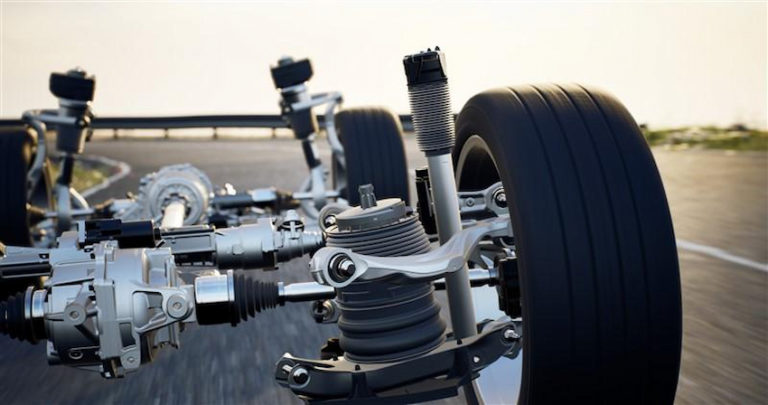There will come a time in your off-roading journey when you’re faced with the question: “Is my suspension system the reason why my journeys are uncomfortable and unsafe”, and the answer will generally be – yes. Off-roading puts a lot of stain on your vehicle’s suspension, and the stock suspension is probably not built to withstand the harshness that comes with driving off the beaten trail. Contrary to what many people think, bigger is not always better when it comes to 4×4 suspension. Quite the opposite, it may make for a rougher and unsafer ride.
That being said, it’s important you know which type of suspension meets the demands of the type of off-roading you do. But in order to do that, you must understand how 4×4 suspension works, and what are the different parts that make up a suspension system.
Benefits of 4WD Suspension?
4×4 suspensions are a key part that contributes to the handling of your vehicle, how comfortable its driving is, as well as how capable it is on and off the beaten trail. 4WD suspension systems are specifically designed to improve handling when off-roading, dampen the vibrations felt and absorb impact after going over bumps or driving over rough terrain. They assist with stability by ensuring all the wheels are constantly in contact with the ground. As a result, the chances of rolling are greatly reduced. A quality suspension system will increase the tyres’ contact with the driving surface and improve the load-carrying capacity of your 4×4.
Parts of 4WD Suspension
Springs
The most important part of suspension systems is the springs. The springs support the weight of the vehicle and control the motion applied to the wheels as you drive over uneven terrain. There are 3 types of springs, each of which features different characteristics and is used for different applications.
- Leaf Springs – Used to improve the carrying capacity of the vehicle, leaf springs are made of several pieces of springs teel and are bolted to the axle.
- Coil Springs – Used to improve the ride quality and handling, and when combined with the right support pieces, they’re also used to improve load-carrying capacity and off-road travel.
- Torsion Bars – Used to improve performance on and off the road. Torsion bars take up less space than coil springs and improve handling as well as ride quality.
Shock Absorbers
Shock absorbers reduce the movement of the springs, helping reduce the overall shock that comes as a result of driving over rough terrain. For instance, when you head off-road and go over a large bump, your vehicle will move up and down. The better the shock absorbers are, the fewer times your vehicle will bounce up and down, providing for a more comfortable ride.

Types of 4WD Suspension
Solid Axle
Solid axle suspension systems are placed on both sides of the differential and are connected using an axle housing, making it dependent. When one wheel moves up and down, it will impact the other. Also known as live-axle suspensions, these systems are more durable and increase traction, helping you go over hills or big bumps. Moreover, they provide superior powers, as there are fewer parts. As a result, you get improved ride quality, better traction and more torque. To top it off, solid axle suspension is easier to replace than independent suspension, and is easier to repair.
On the downside, you don’t get as smooth of a ride as you would with independent suspension. Further, you get less ground clearance and it’s heavier.
Independent Suspension
Unlike solid axle suspension, the two sides aren’t connected. Instead, there’s an axle housing that contains the ring gear and carrier live, and instead of axle tubes going to each wheel, there are constant velocity axles. As a result, when one wheel goes up and down, it doesn’t affect the other wheel. That being said, you can easily maneuver difficult terrain, and get better handling and front-end clearance. Independent suspension provides a more comfortable ride and is lighter in weight.
On the downside, independent suspension can be expensive, complicated to install and repair, and more susceptible to wear and tear.
Key Factors to Consider When Buying Suspension
Weight Capacity
Think about everything you want to install on your 4×4. Bull bars, rear bars, roof racks and so on will all add to the GVM and reduce the overall performance and safety of your 4×4.
Flex
The amount of flex will impact how planted your tyres are to the ground. More flex means you’ll have an easier time driving through deep ruts, reducing the chances of rolling.
Comfort
If you spend the majority of your time driving through remote areas, you’ll want a suspension system that provides comfort. There’s nothing worse than feeling every single bump while driving for 5 hours straight.
Durability
If you spend most of the time going through rigorous off-road trails, or you travel long distances, make sure you get a suspension that comes with heavy-duty shock absorbers.













